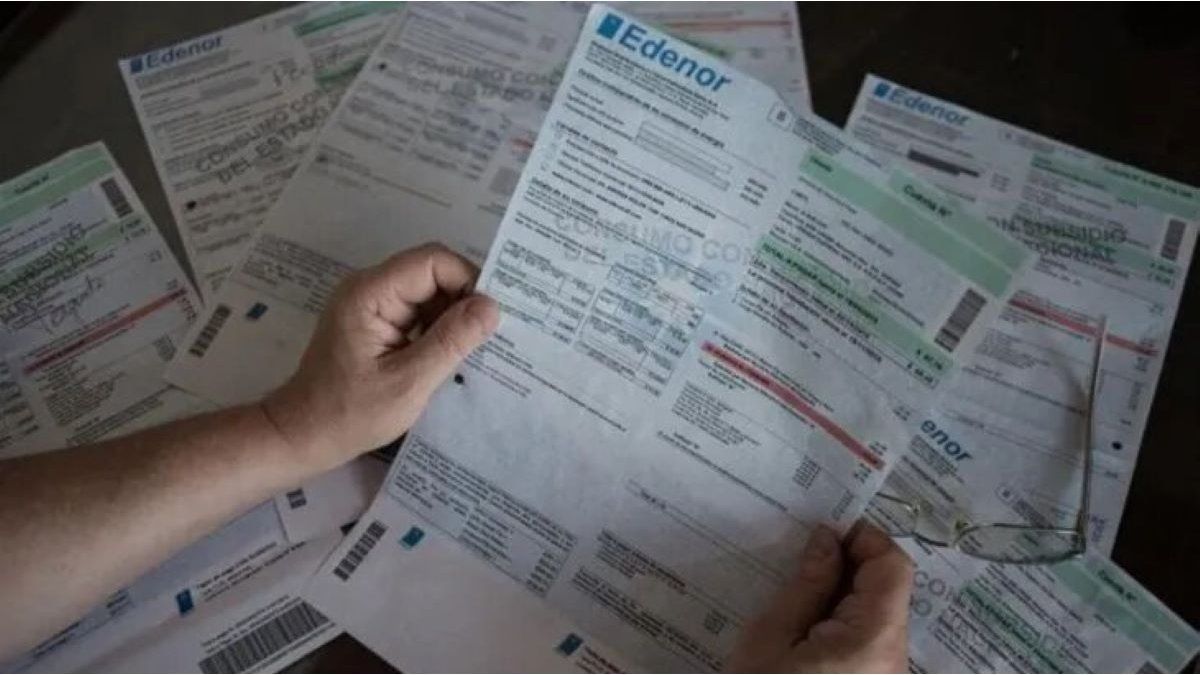The public service subsidies They fell 34% in the annual accumulated during the first five months of the year, according to a report from the Tariffs and Subsidies Observatory of the Interdisciplinary Institute of Political Economy (IIEP), which depends on the UBA and Conicet.
The report showed that the main economic subsidies The Water, Energy and Transportation sectors had an accumulated annual growth of 157% in May compared to the same period of the previous year and therefore their real variation shows a reduction of 34% accumulated annually in the period.
Likewise, he revealed that the granting of subsidies by the National State, so far this year, “accumulated an execution of 70% with respect to the current credit for the main selected items.”
Currently, “the tariff coverage, estimated as the weighted average of the costs of public services in the AMBA at the expense of the user, is 40% in the month of June”, that is, “The State is responsible for the remaining 60%.”
How subsidies evolved in each sector
- Energy subsidies: they increased by 165% nominal annual cumulative, while they decreased by 33% real annual cumulative in the first five months of the year.
- Transportation subsidies: grows 138% accumulated annually in nominal terms, which is equivalent to a reduction of 37% accumulated annually in real terms.
- Argentine Airlines: transfers were zero so far this year.
- AYSA: earned only $75 million compared to $9,723 in the same previous period.
- Transfers to ENARSA: increased 64% nominal annual cumulative (-57% real annual cumulative).
- Transfers to CAMMESA: they increased by 290% nominal accumulated annually while they decreased by 4% accumulated annually in real terms.
- Transfers to the Gas.Ar Plan: they were reduced by 66% accumulated annually (-90% in real terms).
With this scenario, the IIEP stated that “In the first five months of 2024, nominal subsidies total $3.1 trillion while in constant May currency they total $3.3 trillion and are reduced 34% compared to the same previous period.”
Likewise, they detailed that “this variation is mainly explained by lower real transfers to ENARSA, which explains 22 percentage points, respectively, of the 34 total reductions.”
Rate subsidies.jpg
Transfers to the Gas AR Plan fell 90% in real terms
In this sense, they indicated that “in the case of ENARSA, the robserved reduction may reflect the fact that during the year 2023 shipments of Liquefied Natural Gas were purchased in advance in the first months of the year and at a price 80% higher than the market prices observed during 2024″ and they anticipated that “this could imply that this item begins to have more important accruals from month of June”.
At the same time, they expressed that “the reduction of subsidies to CAMMESA is explained by thethe increase in the price of energy for N1 households and the General Distribution Demand (industries and small businesses and others) that began to cover the full cost of the service in February”.
In this regard, they indicated that “this situation was interrupted as of May 1, at which time the seasonal price increases”although “in June a path of increases was resumed with the particularity that no segment of the demand for distribution covers the full cost of the service.”
On the other hand, they reported that “in May 2024 currency, real subsidies accumulate $11.2 billion in the last twelve months,” which “implies a real drop of 23% compared to the same previous period (accumulated between June 2022). and May 2023) and 42% compared to the peak observed in June 2022”.
floating debt
The report also emphasized the current situation of floating debt, specifying that “in the first five months of the year there is a contribution to increasing floating debt of the National State by $166,536 million in nominal terms for the year 2024 explained by accruals above payments mainly from CAMMESA and ENARSA.”
In five months, the largest contributor to the floating debt is ENARSA which totals $73,375 million and explains 45% of the total debt accumulated in the period. In turn, CAMMESA did not contribute to the floating debt in the accumulated five months.
Source: Ambito




